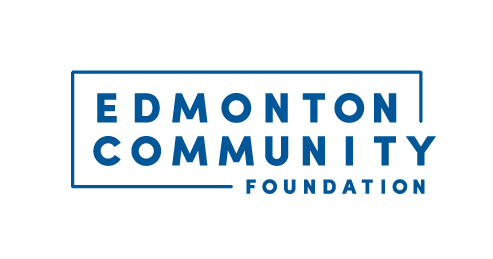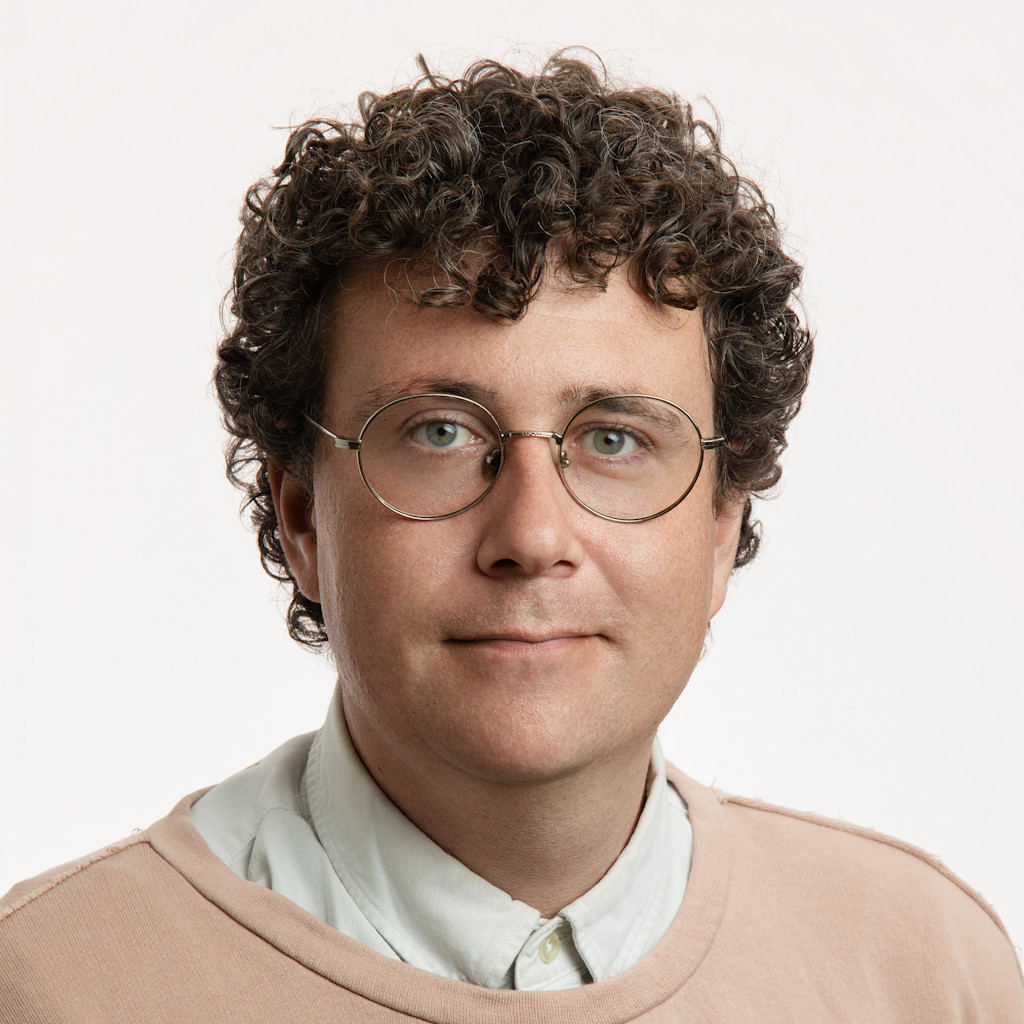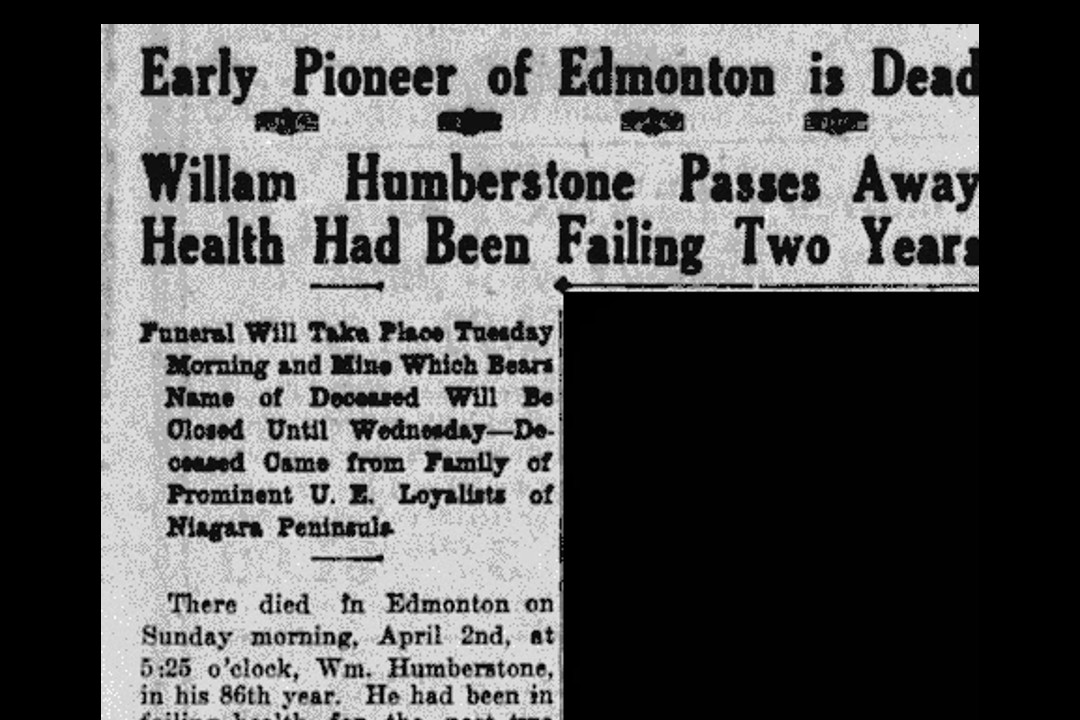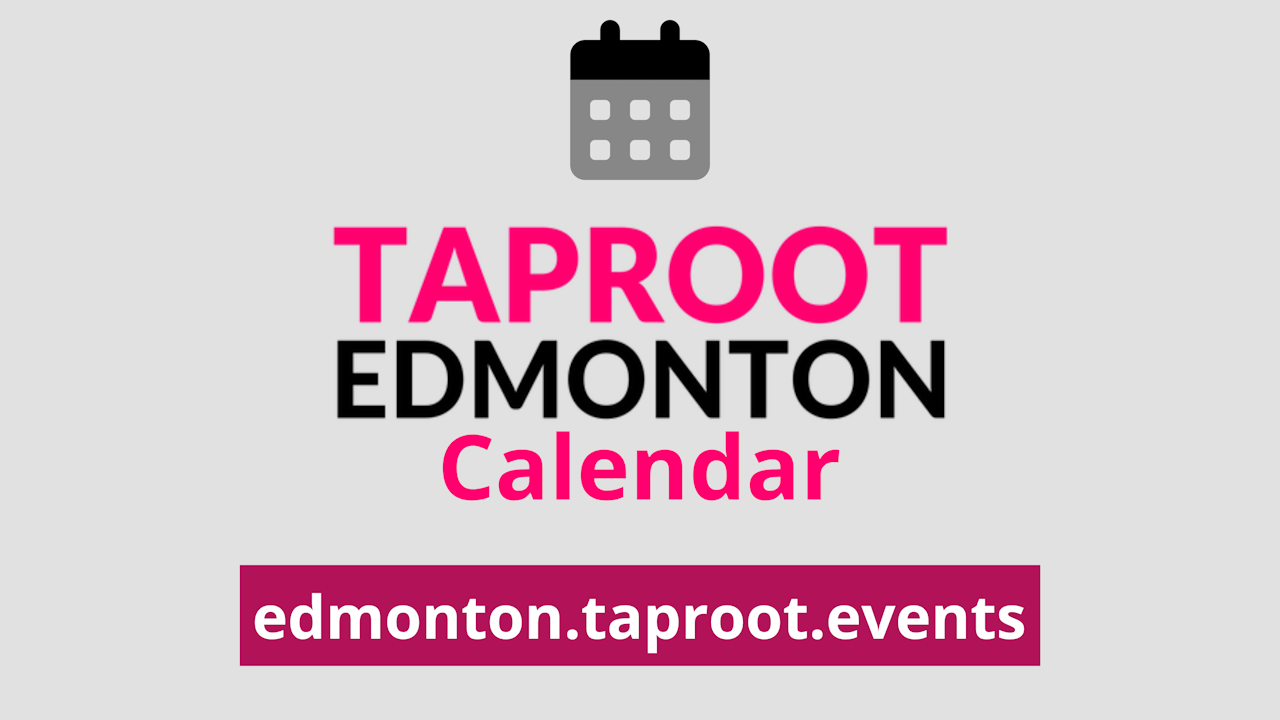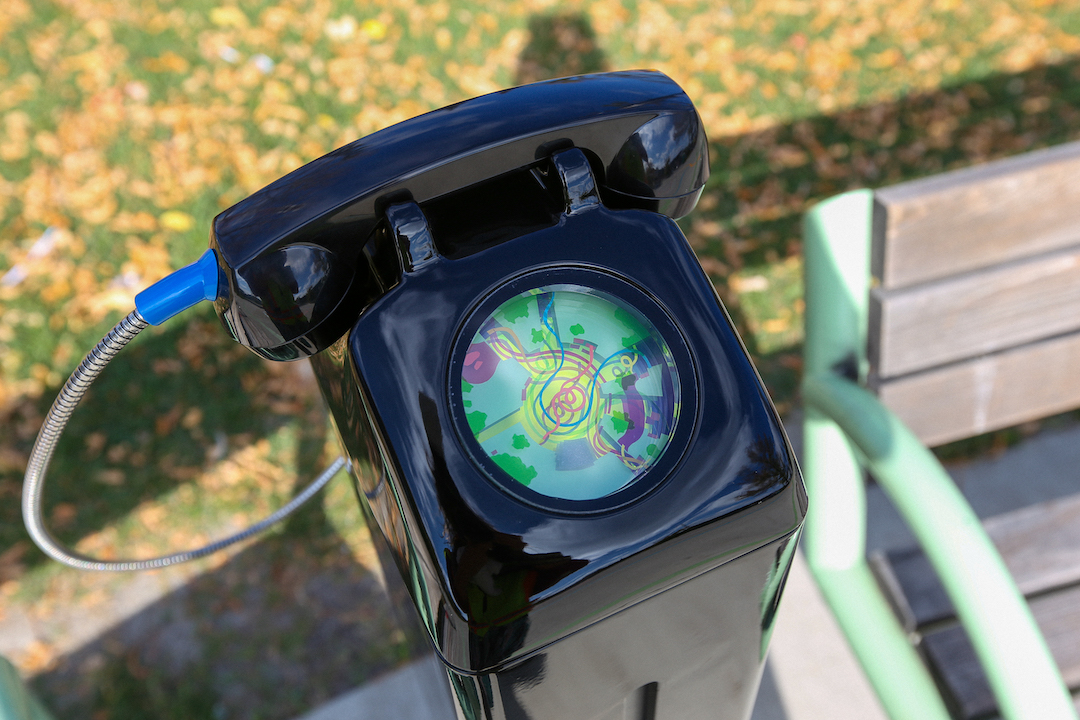
Edmonton's public art strategy moves past 1% solution
Revised policies that the Edmonton Arts Council uses to procure public art for the city, which include changes to the funding formula and selection process, are being used for the upcoming 103A Avenue Pedway and three soccer centres.
What used to be called the Percent for Art program, created in 1991, was revised in 2021 as the Public Art to Enhance Edmonton's Public Realm
The revisions mean concrete changes for projects that will be completed in the future. "It's no longer based off of 1% per project," David Turnbull, public art director for EAC, told Taproot. "Ironically, though, the reserve fund is based off of the old Percent For Art (program)."
The policy changes mean EAC's public art reserve fund is $1.8 million per year for the 2023-2026 capital cycle. This is an estimate of 1% of the eligible costs from capital projects in Edmonton that are relevant to public art spending. Costs from capital projects that are not captured in this formula include spending in areas where art could not feasibly be installed or accessed by the public — such as LRT tracks or on the private-property portions of projects.
Turnbull said many misunderstood the former 1% figure, anyway. While one might imagine that 1% of the $31 million capital cost for the 103A Avenue Pedway means $310,000 for an artist to make a work for that pedway, that's never exactly how it worked. In the prior model, 1% of eligible costs from the capital project would cover the cost of the artwork's creation and installation, but also the EAC's costs to oversee the project — plus lifecycle management costs, care, conservation, and restoration.
Those overhead costs are part of the new model, too.
The request for qualifications for the 103A Avenue Pedway closed on March 25. The call listed an artist budget of $140,000, which is less than half of 1% of the $31 million project.
The revised rules for public art in Edmonton also call for a qualitative measurement of an artwork's reach when budgeting projects, rather than rigid calculations.
"We have to take a look, on a case by case basis, at what is going to give the most impact for the citizens and workers and for visitors to the city," Turnbull said. "Does that mean that we throw a whole bunch of money at one project versus another? No. It means that we need to sit down, and we need to look at the value that these projects bring to the citizens."

